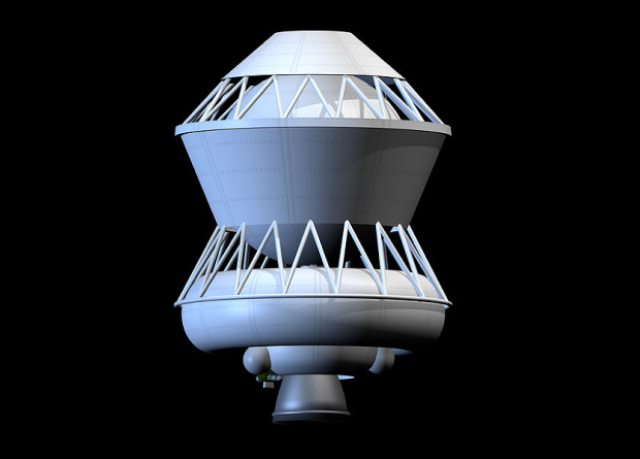The Perseus upper stage did not put the overall mass model of the satellite into geostationary orbit, it follows from the data Space-track.org . The press service of the Ministry of Defense of the Russian Federation did not respond to the request of N + 1 about the situation with Perseus.
The heavy carrier rocket "Angara-A5" with the upper stage "Perseus" took off from the Plesetsk cosmodrome on Monday at 22:00. This was her third launch. For the first time, the heavy "Angara" was launched in 2014, and for the second time - last December.
The carrier has not been tested with Perseus before. This is an upgraded version of the DM block created for the Proton-M rocket. The blocks of this family are designed to transfer satellites from the reference to the target near-Earth orbit, as well as to the departure trajectories. Perseus received a new control system and a pneumohydraulic system, as well as enlarged fuel tanks.
12 minutes after the launch, the orbital block consisting of the Perseus upper stage and an inseparable overall-mass payload layout separated from the third stage of the launch vehicle.
Next, Perseus was supposed to put the mock-up of the satellite into a geostationary orbit with a height of 35,786 kilometers above sea level according to a typical nine-hour three-pulse scheme with four turns on the main engine.
According to Space-track.org, the upper stage together with the layout is now in low Earth orbit with a perigee height of 177 kilometers and an apogee of 200 kilometers. Astronomer Jonathan McDowell suggests that he failed to turn on the main engine for the second time. The Ministry of Defense does not report anything about this, and its press service responded to a request from N + 1 about the situation with Perseus.
Angara is a family of modular launch vehicles based on universal rocket modules. It includes light "Angara-1.1" and "Angara-1.2", heavy "Angara-A5" and superheavy "Angara-A5B". At first, there was an average Angara-A3 among them, but in 2019 Roscosmos refused it.
Anna Kachalova

